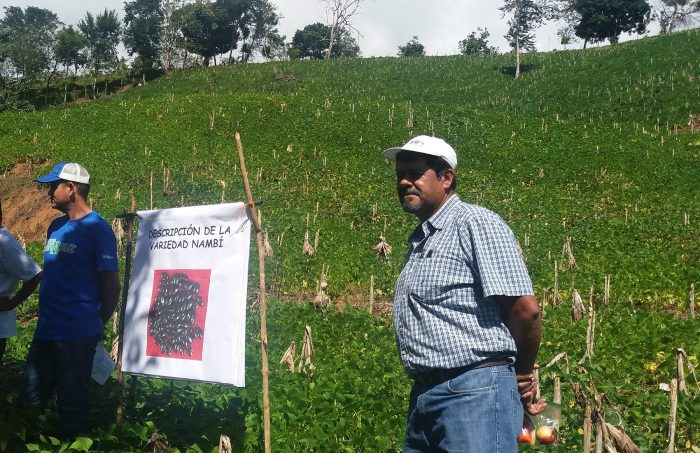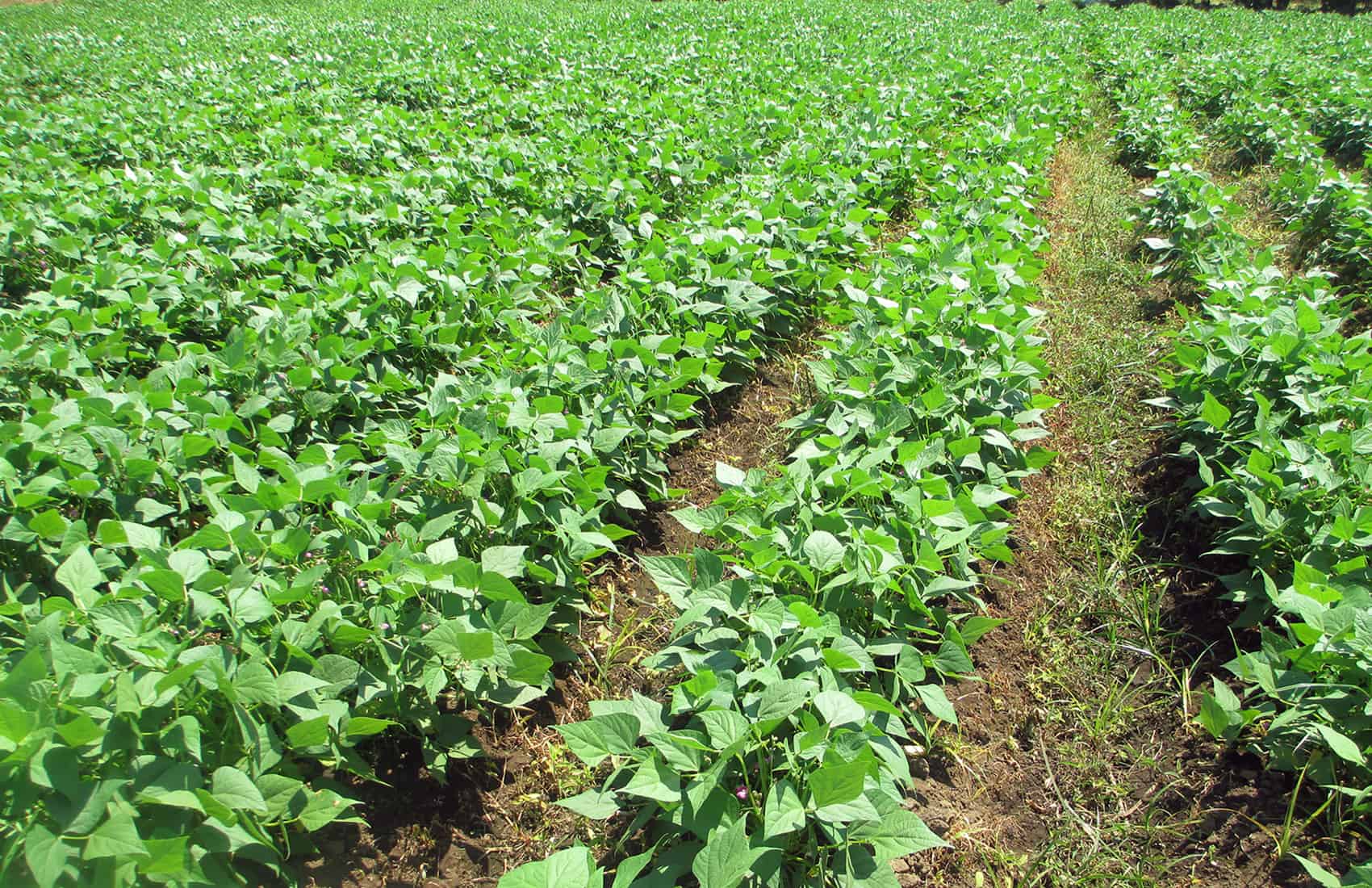Researchers from the University of Costa Rica (UCR) and the Agriculture and Livestock Ministry have begun distributing the seeds of a new variety of heat- and drought-resistant black beans — part of a broader effort to help address the impact of climate change, as well as recent droughts, on the essential crop.
They call the new variety Nambí, in honor of a Cacique (indigenous chief) by that name who ruled in the Nicoya peninsula, in the province of Guanacaste.
Nambí beans are tolerant to extreme drought conditions and high temperatures, and have a shorter production cycle than current varieties grown here. Researchers also managed to improve the plant’s resistance to various diseases that attack bean crops here.
UCR researcher Néstor Chaves Barrantes explained that the team has been testing the Nambí beans in various farming areas across the country for the past five years. Results showed that farmers can grow the new variety “pretty much all over the country.” However, farmers in the Northern Zone and in the Southern Pacific area obtained the best results.
Agriculture Ministry officials began distributing the first seeds to farms in the southern San José canton of Pérez Zeledón in December.

Regional initiative
The investigation started in Costa Rica in 2011. The original seeds came as a donation from the Colombia-based International Center for Tropical Agriculture and Zamorano Panamerican Agricultural School.
Both institutes develop the seeds and began sending them to various Latin American countries. Agencies in each country then take charge of adapting the seeds to local conditions. Costa Rican researchers worked for five years with the original seeds to adapt them to local soil and weather conditions.
“We conducted a lot of tests and discarded many of the resulting lines until we were able to find the best one for our country,” Chaves said.
During the first testing stages, between 2011 and 2013, investigators compared yields from Nambí crops with those from another variety called Matambu. They harvested beans from both varieties produced under normal weather conditions and under drought conditions. Yields in both scenarios were in favor of Nambí.
At a farm under drought conditions, Nambí produced 1,750 kilograms of beans per hectare, while Matambu produced 1,000 kg. Results from a farm with normal rainfall conditions resulted in a yield of 2,636 kg per hectare for Nambi and 2,489 kg for Matambu, the UCR reported.
Following the release of the first seeds in Pérez Zeledón, researchers have been in contact with farmers to evaluate the crops. This allows farmers to get to know the variety and get used to it.
“It also has given them the opportunity to suggest optimum times of the year for releasing the seeds in other regions,” Chaves said.
He added that this is the first in a series of new bean varieties they plan to release in the future, all as part of a response to the effects of climate change on the farming of beans, an essential Costa Rican dietary staple.
Fighting the drought
Harsh drought conditions in the country, mostly attributed to effects of an El Niño weather phenomenon, have affected the production of Costa Rica’s agribusiness sector since 2014.
At that time, the government declared a national emergency as a result of the worst drought on record in 50 years.
Drought in recent years has caused severe rainfall deficits of up to 65 percent in most of the country. Lack of rainfall and higher-than-usual temperatures had a negative effect on the production of key crops including rice, beans, corn, tubers and vegetables. It also caused several losses to the livestock sector, mostly in the Pacific provinces of Puntarenas and Guanacaste.
In December, the National Emmergency Commission distributed ₡16,000 million ($28.4 million) among 3,500 farmers who lost most of their crops because of the drought. Earlier in 2016, the government also granted ₡561 million ($1 million) to a group of some 1,500 farmers from the Central Pacific region.






